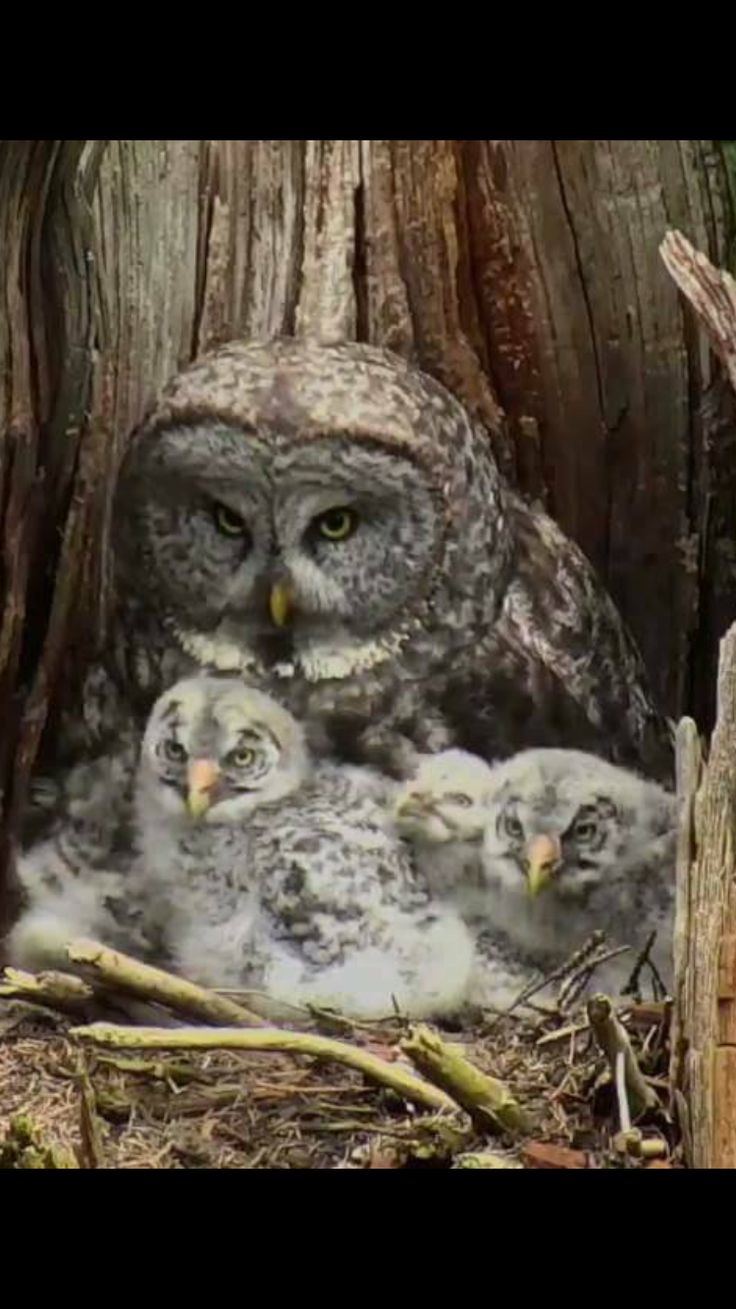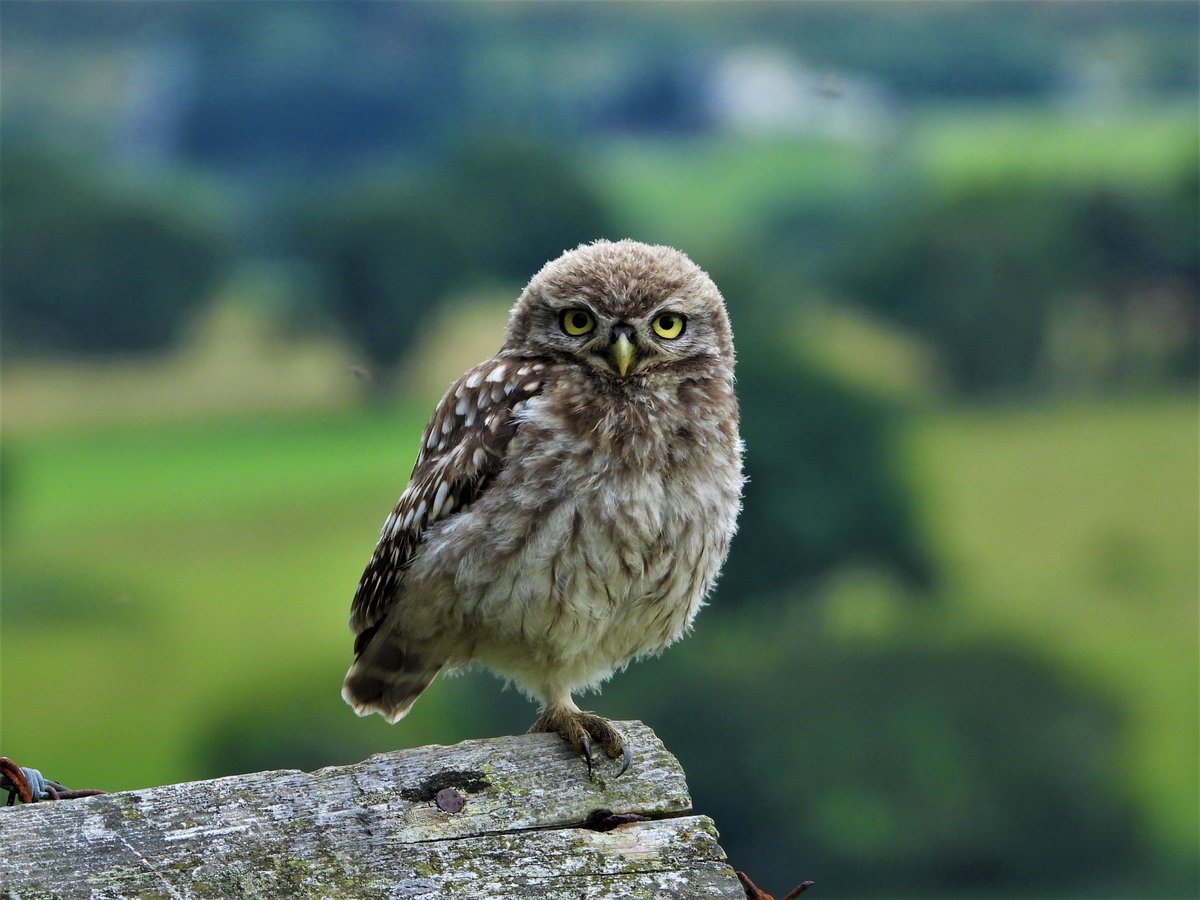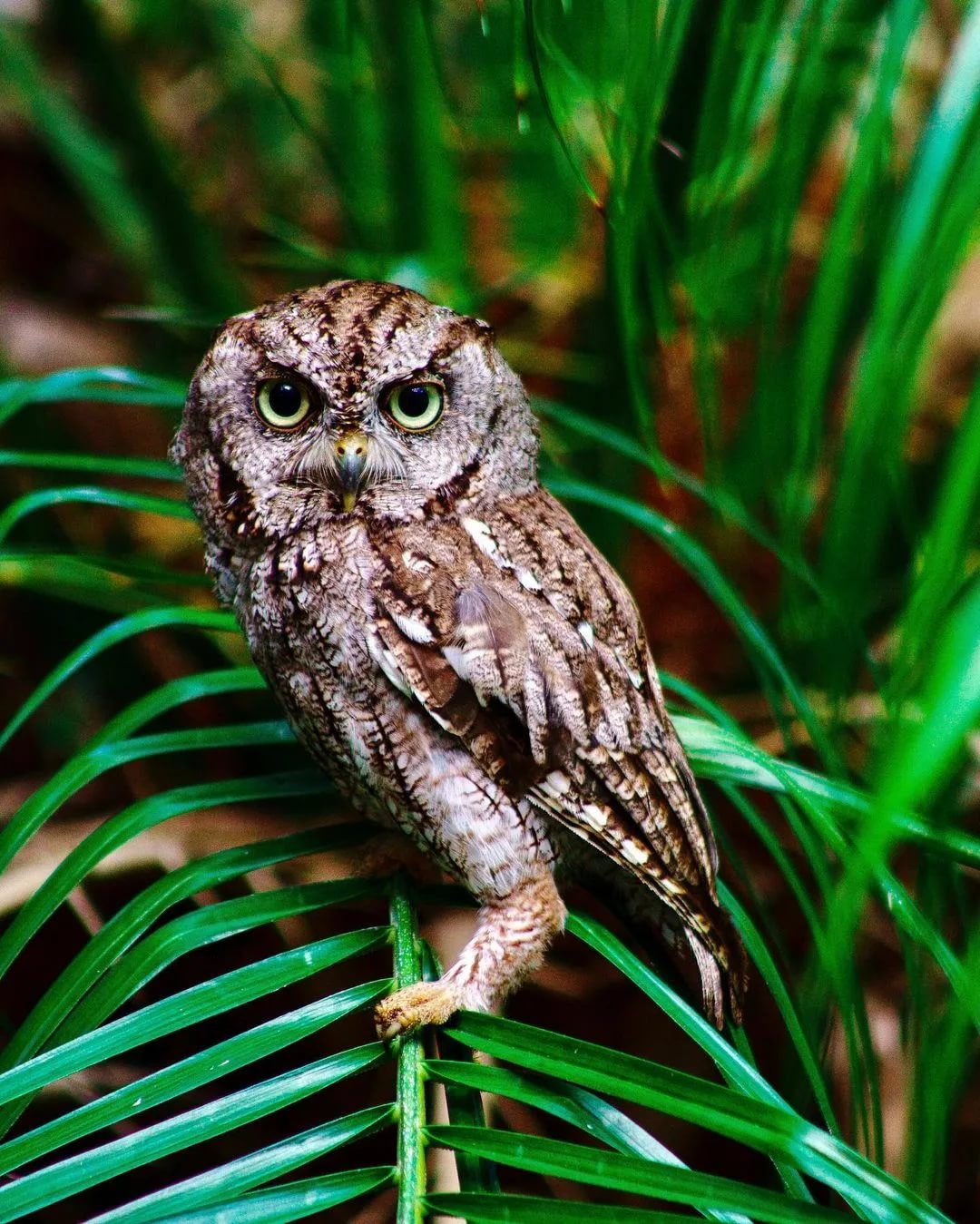A little owl in your area is great. Not only because the number of mice is then a lot less, but also to see the smaller owl dozing on a thick branch during the day. A beautiful face. Enjoying the sun, and yet it seems that the little owl sees you. Whether he follows you with his beautiful eyes! And then the sound when it’s dark outside. Calling the smallest owl. A bright, shrill, and short sound.
Appearance
The small owl is not big. It is even the smallest owl of all owl species in our country. The body size is 21 to 23 centimeters. Yet the little owl appears larger because of the many feathers and a fairly large head. Because of the eyes, which appear to be somewhat in a circle due to lighter feathers. Through the yellow eyes with a huge black pupil and through the yellow bill.
The little owl is a nocturnal bird, but on a sunny day, the little owl likes to sit on a branch in the tree, enjoying the sun motionless. The heavy white eyebrows above the yellow eyes make the little owl resemble a kind, just, and wise owl, imperceptibly following everything that happens in the environment. Sometimes it even seems that the little owl gives a wink.

The living environment
The small owl can be found in a rural environment near buildings (hence the name little owl). Old barns at farms are ideal for the little owl. There is a good chance that the small owl will come back every year.
A rural environment with farms, meadows, pollard willows, standard trees. Trees with holes for a nesting site. Because many trees of the past have disappeared, many owners of farms also place an owl box in trees. Smaller owls are not picky in that regard and find a nest box an excellent alternative.
Reading Suggestions; Owl Legs – Everything That You Need to Know About The Mystery Animal
Provided they are not chased by crows or a kestrel. Three to five eggs are laid in April/May. The incubation period, where the male obtains food for the incubating female, lasts about 24 to 28 days until the egg hatches.
Owl Chicks
The newly hatched owlets look like a ball of soft down. After three weeks, a second down cover covers the entire body, except the abdomen. Around the fortieth day, after having hatched from the egg, the young owlets leave the nest.
They are then provided with food by the parents for another five weeks. By the end of the first year of life, the juvenile little owl is sexually mature. They then look for a suitable territory and a mate. Never far from where they hatched.

Owl Food
The little owl hunts from lookouts or on the ground and has a wide food preference. It hunts at twilight and at night. Except during the breeding season, the small owl sometimes also wants to hunt during the day. The habitat of the little owl provides food such as:
- mice. The vole, shrew, wood mouse, and rufous vole.
- earthworms. Especially in wet weather.
- birds. Usually the fledgling young of the sparrow, blackbird, and starling. If the mouse supply is not so great, then also the larger birds such as wood pigeon and jay.
- amphibians. The brown frog, green frog, and salamanders
- reptiles
- snails
- insects. Ground beetles, dung beetles, weevils, and especially May beetles.
- sometimes a mole, vole, or bat.
Owls have no crop and the prey goes straight to the stomach. The stomach consists of two parts: the glandular stomach (proventriculus) and the gizzard (ventricle).
Glandular stomach and gizzard
In the glandular stomach, digestion is prepared and in the gizzard, the muscles contract, and the soft parts are ground. The indigestible parts, bones, skulls, and feathers are left behind and are compressed, going back to the glandular stomach many hours later until they are vomited up through the beak as a vomit ball. Little owl pellets are on average 33 mm long.
Reading Suggestion: Lahore Pigeon
The Enemies of the Little Owl
The little owl has quite a few enemies. When the hawk or the sparrowhawk get the chance, they take the small owl as prey. Just like the stone marten that then occupies the nest. The tawny owl also sees the little owl as prey. Especially the owl chicks, the nest is also ‘cracked’ afterward.
When the small owl has eggs, the crows, magpies, the jays, and the weasels, lovers of the eggs and robbers, when the opportunity arises, the eggs of the little owl. The owl chicks, which leave the nest after forty days, are often caught by a dog or cat.
Even small songbirds such as siskins and goldcrests can make it very difficult for the little owl. So annoying that the little owl chooses eggs for its money and starts looking for a new nesting place, leaving the ‘old’ nest and eggs behind. But the greatest enemy is a man.

The sound of the little owl
Small owls communicate through a range of sounds. Several remarkable sounds. In the past, the little owl was considered a mischief-maker because of these sounds. Both during the day and at night, the small owl calls out a meowing sound ‘kjieh kjieh’ or ‘kowiep’. The latter was heard as ‘kum it, kum it. From this arose the superstition that the little owl is the harbinger of death and tries to lure the sick people to the cemetery.
- the alarm call. The alarm call of the small owl was thus interpreted as an ominous call. This call is part of when danger threatens. The small owl is very mobile and bounces restlessly up and down and produces a high and bright sound (kjieh, kjieh, or ‘koewiep’).
- territory call or song. A call that can be heard by the little owl male in courtship. A repeating sound that sounds like ‘uuuhuhk, uuuhuhk’ with a questioning tone at the end to contact a female little owl. It is also so clear that it is his territory!
- contact call. The small owl female can answer the contact call of the male with a continuous high-pitched and shrill ‘shrie, sjirie, shrie’.
- begging of the young small owls. As with all young birds: we want to eat (sjie, sjie, sjie)









